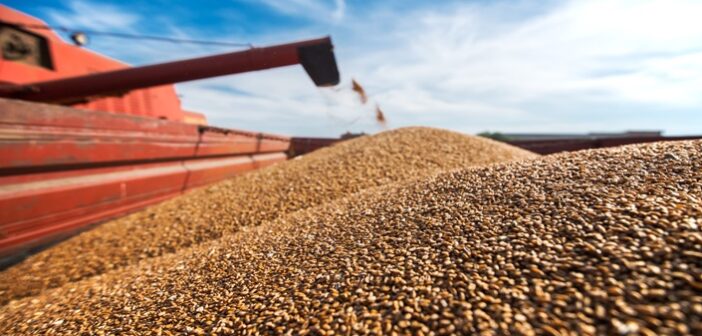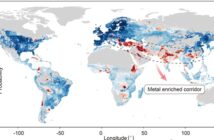The latest AHDB Grain Market Report shows a dip in grain prices. UK feed wheat futures stand at £181.30/t, a fall of nearly £3.00/t on the close ahead of the bank holiday weekend. The May-25 contract also dipped to £193.30/t.
The pressure is down to the continued competitiveness of Black Sea grain, more positive crop forecasts, particularly in the US and. in part, the strengthening of sterling in response to the weakening US dollar.
Some support is likely through poor harvest results across Europe. Earlier in the week, FranceAgriMer reported that the average specific weight and protein content of the French wheat crop fell short of the five-year average. Also, Germany’s Agriculture Ministry forecasted German wheat production down 12.7% on the year to 18.8 Mt.
One of those more positive crop forecasts came from Statistics Canada. It revised canola production up 1.6% on the year to 19.5 Mt with higher yields offsetting a marginally smaller area. In addition, milder temperatures and rainfall forecast over the US Midwest alleviated concerns regarding recent dry weather and its impact on the soyabean crop.
Rapeseed has risen from last week’s close. Paris rapeseed futures (Nov-24) stand at €461.25/t, the May-25 contract up slightly at €464.75/t. However, AHDB analysts expect the market to remain ‘bearish’.
English cereals and OSR area hit four-decade low
Yesterday, Defra released its provisional estimates for the cereals and oilseed rape (OSR) areas in England on 1 June 2024. The cereals (wheat, barley, oats) and OSR area for England is notably lower this year at 2,649 Kha, making it the lowest area since at least 1983. The extremely difficult planting conditions, as a result of record rainfall, played a considerable role.
The areas for wheat, winter barley and oilseed rape are estimated down by 11%, 17% and 27% respectively. These falls are only partly offset by the areas of spring barley and oats, which are estimated to increase on the year by 28% and 11% respectively.
The 2024 wheat area in England is estimated at 1,402 Kha, 11% down on the year and the five-year average. This is the second-lowest English wheat area since at least 1983, no real surprise given the extremely challenging weather conditions.
The same is true for OSR after a modest recovery for 2022 (323 Kha) and 2023 (342 Kha). At 250 Kha the area for 2024 fell back considerably to just above that of 1983 (218 Kha), 29% less than the five-year average. While OSR was also impacted by the challenging planting conditions in autumn 2023, tighter profit margins during the 2023/24 marketing year and pressure from cabbage stem flea beetle particularly impacted the area.
The considerable rise in spring barley area (up 28% on the year) offset the substantial fall in winter barley (down 17%). The total barley area at 849 Kha is up 6% on the year.




